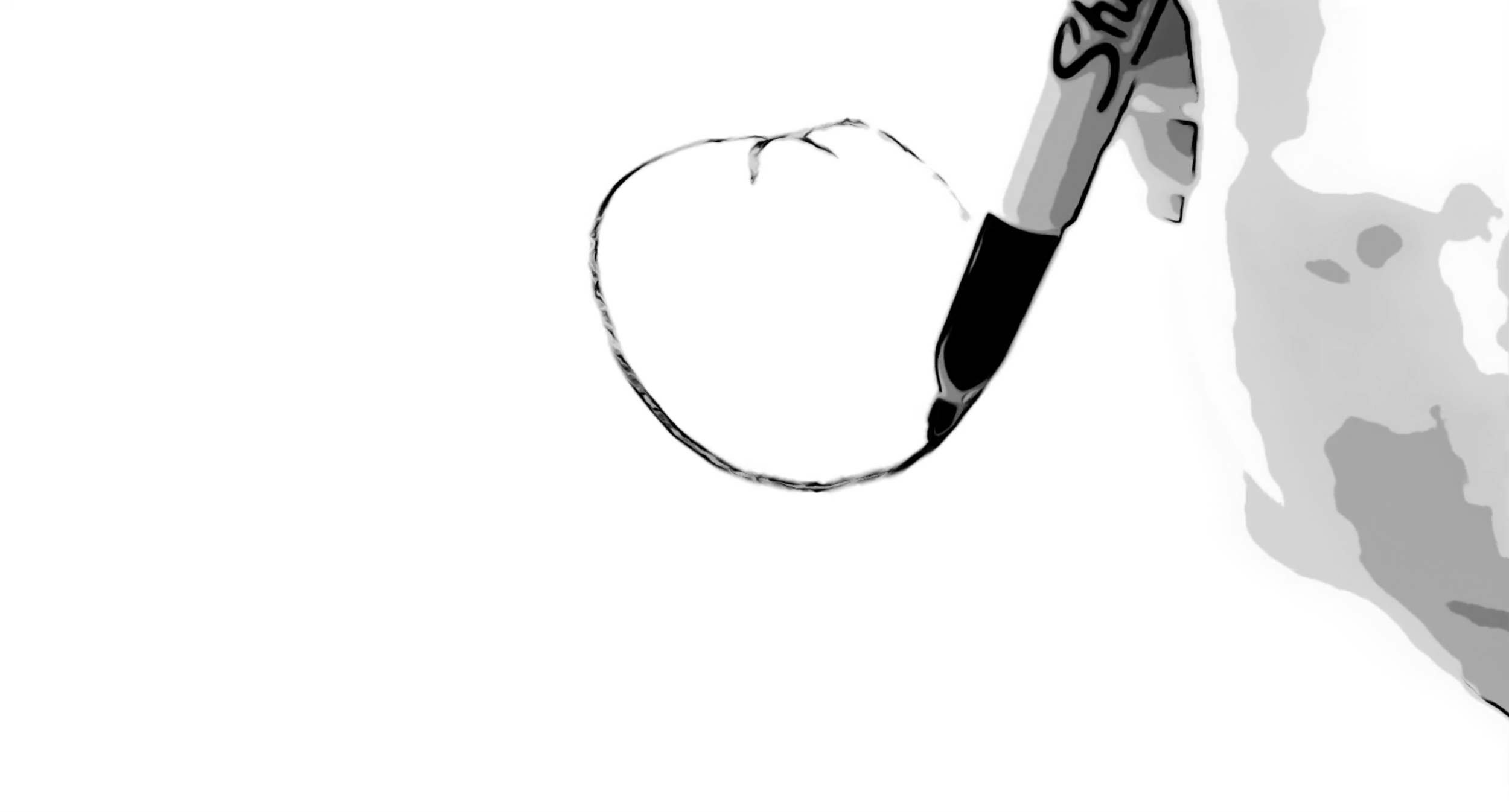I don’t remember presenting my music to a roomful of students at a community college on the west coast in December 1990. But I had a note this morning—thirty-two years later—from a young composer who was there. Composer and conductor Troy Peters had played him a cassette recording of Leonard Slatkin and the Saint Louis Symphony reading my orchestra piece Fresh Ayre (which became the first movement of my second symphony—long story) and it had, as the cliché goes, struck a chord with him: “Polychords,” he wrote, “A over E, then E over A, followed by the unadorned octave-doubled major-seventh melodic leap: E, D#, then a near-octatonic hexachord I couldn't justify using any of the scale types my freshman-level instruction had provided.”
I remembered bringing it into a lesson with Joe Schwantner at Juilliard in fall 1986. He took the time to figure out the hexachords. “May I take this page home with me this week? I’d like to study it,” he said. I was floored. The next week he brought with him an array of numbers that told the theoretical story of what I had done during those first ten bars that humbled and dazzled me and changed my life. Ensued an exciting discussion of Schoenberg’s signature hexachord, and a fascinating ramble through the first few pages of Joe’s own Aftertones of Infinity.
Four years after Joe had changed my life, I had paid it forward without knowing it for the young composer in Washington. Matthew 7:6 came to mind. Thirty-six years later, I remain moved by the profound act of faith (in teaching, in Art, in the aesthetic, and on and on) that Joe demonstrated in casting pearls before me.
Accepting one’s role in the transitivity of teaching is both humbling and exhilarating. If one fetishizes the pearls one casts, as Oscar Levant quipped, teaching can devolve into “revealing openly known secrets.” If one doesn’t underline—if only a bit—the importance of the thing being taught, then one trivializes not just one’s role, but the tradition itself.
But what are the “pearls” being cast? Are they “artistic truths?” Whose truth? What kind is it? Small or large T? Objective? Normative? Subjective? Complex? Plato argued that fine art and poetry cannot impart truths because they do not give humankind access to the Forms. On the other hand, Aristotle defended poetry as a means of obtaining general knowledge about probable courses of human events. Picasso knew a thing or two about Art. He is supposed to have said that “art is a lie that makes us realize the truth.” The other day I watched Orson Welles’ witty documentary F for Fake and was grateful all over again for his reminder that “our songs will all be silenced, but what of it?” His answer (the one with which I agree, if you take my operafilm Orson Rehearsed at its word) is to “go on singing.” Go on casting pearls.
“I share this with you with no expectation of a response,” wrote the man, now a respected colleague in mid-career. “I believe it's important to let those who've changed us for the better know of the role they played.”
I tried, in Orson Rehearsed, to capture, as one generous and perceptive colleague observed about it, “the hallucinatory parabola of [an] almost mythological creature.” In truth, with a wink to the maestro, I know that I succeeded in creating something that gives back to the person viewing / hearing it exactly what they expected: surface beauty, if what they wanted to feel was clever at the creator’s expense. It is a work that grows deeper with repeated listenings / viewings. What’s required in accessing Orson Rehearsed, ironically, is faith—faith that the artist and his subject might have something more to say beneath the self-awareness that Art is, in most ways, a magic trick—a work about just that; a work about Process, about singing, about dying.
“This is simply an amusing anecdote,” concluded the modest note—the note that expected no response. Quite rightly: one should teach without the expectation that the process of paying it forward shall have been anything except the point. One teaches as an act of faith—faith in the “dead artists out of the living past,” and the expectation that the aesthetic provides not just entertainment and solace but something (whether we capitalize it or not) more than the bromide that “life is art and art is life.” Somehow, Art “changes us for the better.”
I am grateful for the letter. I feel blessed to have been reminded of the Ouroboros that is Art (and, by extension, the teaching of art) by a message from a colleague that completes / concludes an orbit of over three decades. That’s the way that things end; but it is also how they begin again. Pass it on.


